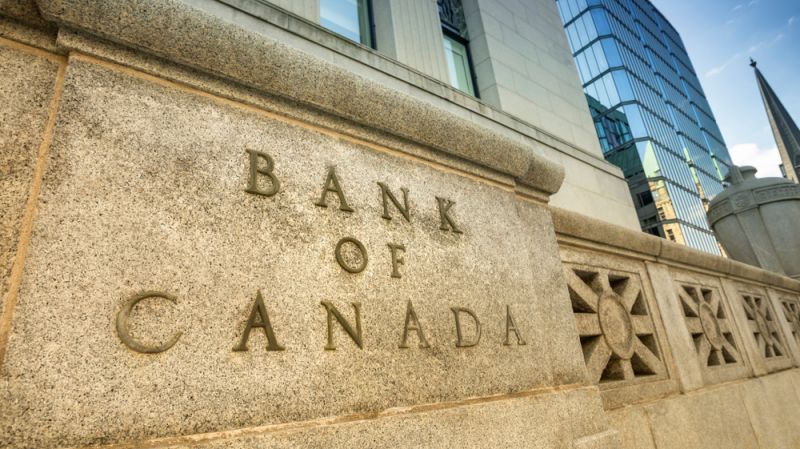Rediscovering the Art of Economics
The science of economics takes us only so far down the road. A bit of humility from economists would take us the rest of the way

Economists have come under fire of late for a laundry list of transgressions. They are said to have misread economic downturns with outdated frameworks and to be out of touch on big challenges such as climate change. Should economics be renamed Wreckonomics or are the criticisms unfair? In this series of essays, economists at Queen’s University weigh in.
More than 25 years ago, when my hair had more colour, I wrote the Canadian editions of a bestselling Principles of Economics textbook. At the time, most Canadian editions of U.S. books simply adopted British spelling, changed “Federal Reserve” to “Bank of Canada” and replaced “anti-trust policy” with “competition policy.” The process would take a week or two, at best.
I decided to follow a different path and weave in Canadian context throughout the text. International considerations are so much more important in Canada than in the U.S., where chapters on international trade and finance were usually added at the back of the book, if space allowed. Given their importance to Canada, I tried to incorporate trade and finance issues throughout the Canadian editions. The textbook did well for a few years until the U.S. publisher and its subsidiaries were bought out, and after a few years the book passed into oblivion.
One of the reasons I decided to write textbooks was that I didn’t think the current crop of Principles books provided an engaging experience for students. They certainly didn’t incorporate the “art” of economics as much as the “science” — at least not to the extent that I thought they should have. The author of the American text, David Colander, defined the art of economics as the application of positive economics — the study of what is and how the economy works — to the goals that policymakers choose, such as the ideal distribution of income.
Colander is well known for acknowledging that economic models help us tell stories about how we think things work, but they aren’t perfect. I wanted to see if I could harness this power to provide a similar perspective north of the border.
The limits of models
Economists love models. They give us a reason to base our stories on “science”, with lots of math behind our predictions. If a government follows a particular policy, if a certain kind of shock hits the economy or if one of our major trading partners does something differently, our science-based models will tell us the likely effects.
Students learning economics have become proficient at solving dynamic programming problems, the “microfoundations” that lie behind much of current macroeconomic thinking. The trouble is that reality does not map perfectly onto our models, and this can be lost on those who have just a bit of economics training. This needs to be emphasized when we teach economics.
If I were to write another first-year economics book, I would spend more time focusing on the assumptions we make in our models. Everyone is better off with free trade — if you make the right assumptions. Change an assumption, layer on political considerations and the realities of interprovincial trade barriers, and suddenly free trade might not make everyone better off. Some groups of nations could be better off, but not everyone.
This is true of the prescriptions coming from many popular economic theories. When reality differs from a theory’s predictions, it’s not a failure of economic theory — it’s a failure to recognize that models are abstractions from reality. I used to tell students that a model is like a road map: it tells us how to get from Kingston, Ont., to Toronto, but it doesn’t tell us where all the trees are along the way.
When nuance is lost
The challenge in teaching economics is that many students are too young or inexperienced to appreciate the art of economics; they are more concerned with their grades, finances, social environment and the transition to higher learning. Trying to foster an appreciation for the subtleties is challenging in a principles course, and even in upper-year courses the fragility of our models’ predictions is sometimes lost on students.

We’ve seen this recently in the real world, with central banks raising interest rates to rein in aggregate demand. It’s not working as expected – or maybe it is, and the data isn’t picking it up. Other factors, such as war or pandemic aftershocks, could be affecting the traditional interest-rate-to-spending transmission mechanism, or perhaps there’s a problem with how inflation is measured.
That’s another facet of the world that students need to appreciate — the challenge of collecting high-quality data. Statistics Canada is one of the most credible statistics agencies in the world, but estimates are just that — estimates. We really don’t know what the truth is, but if statistical agencies are careful, they can provide good estimates. When methodologies change, data can be revised, sometimes altering how the data would have been interpreted. That’s why many data agencies maintain different versions of their databases.
Looking back at policy decisions, one should consider the data that was available to decision-makers when they chose a certain path, not the revised figures that could have led to a different policy response.
These are the kinds of issues and nuances that I would emphasize if I were writing a Principles textbook today. While the general level of economics education is probably higher than it has ever been, we economists need more humility when making our policy prescriptions, and students need to learn how to separate the art of economics from the science.
Peter Sephton is a professor at Smith School of Business. His research focuses on applied economic modelling.





